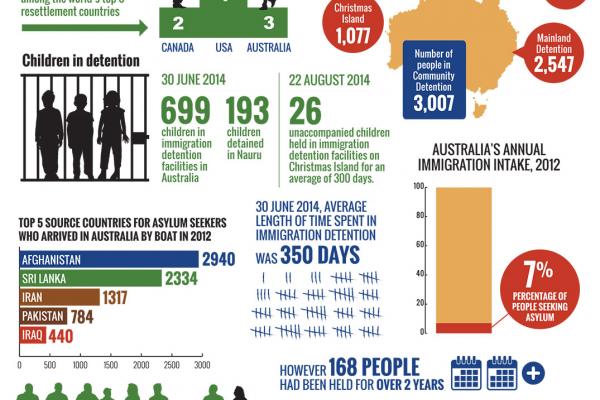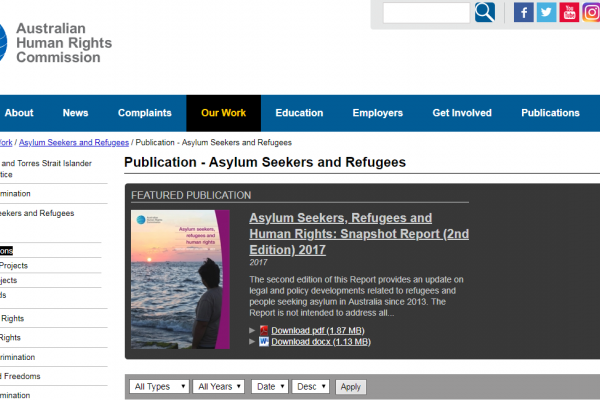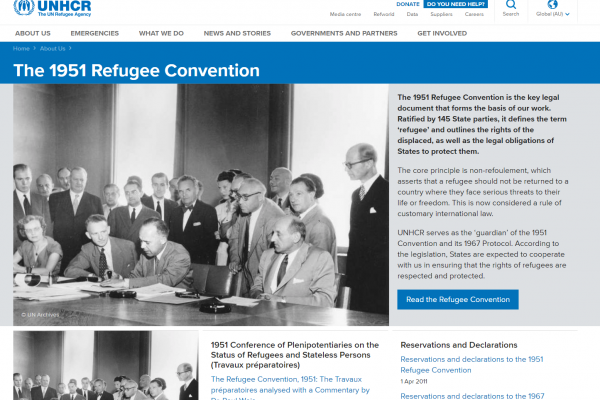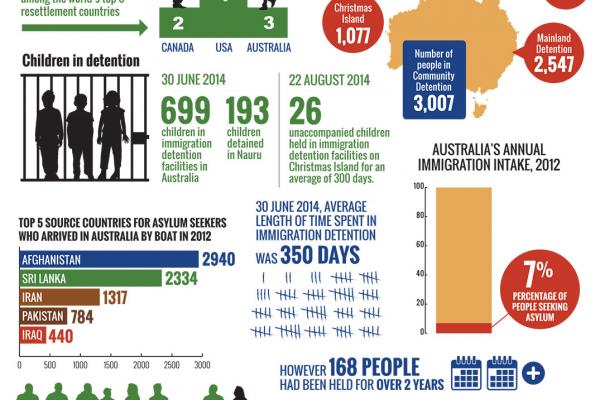Refugee Convention (Convention Relating to the Status of Refugees)
The United Nations Convention Relating to the Status of Refugees is the key international legal document that defines who is a refugee, their rights and the legal obligations of nations in relation to refugees. It is important that the Convention provides a definition of the term 'refugee' as this definition determines whether a state has protection obligations towards a particular person.
One of the most crucial principles laid down in the 1951 Refugee Convention is the principle of non-refoulement – that refugees should not be returned to a country in which their life or freedom would be seriously threatened.
The Refugee Convention was adopted by the United Nations in 1951 in response to the refugee crisis in Europe in the years following World War II. Since then it has broadened its scope to create capacity to respond to new refugee situations as they arise.
As a party to the Refugee Convention, Australia has international obligations to protect the human rights of all asylum seekers and refugees who arrive in Australia, regardless of their mode of arrival.






